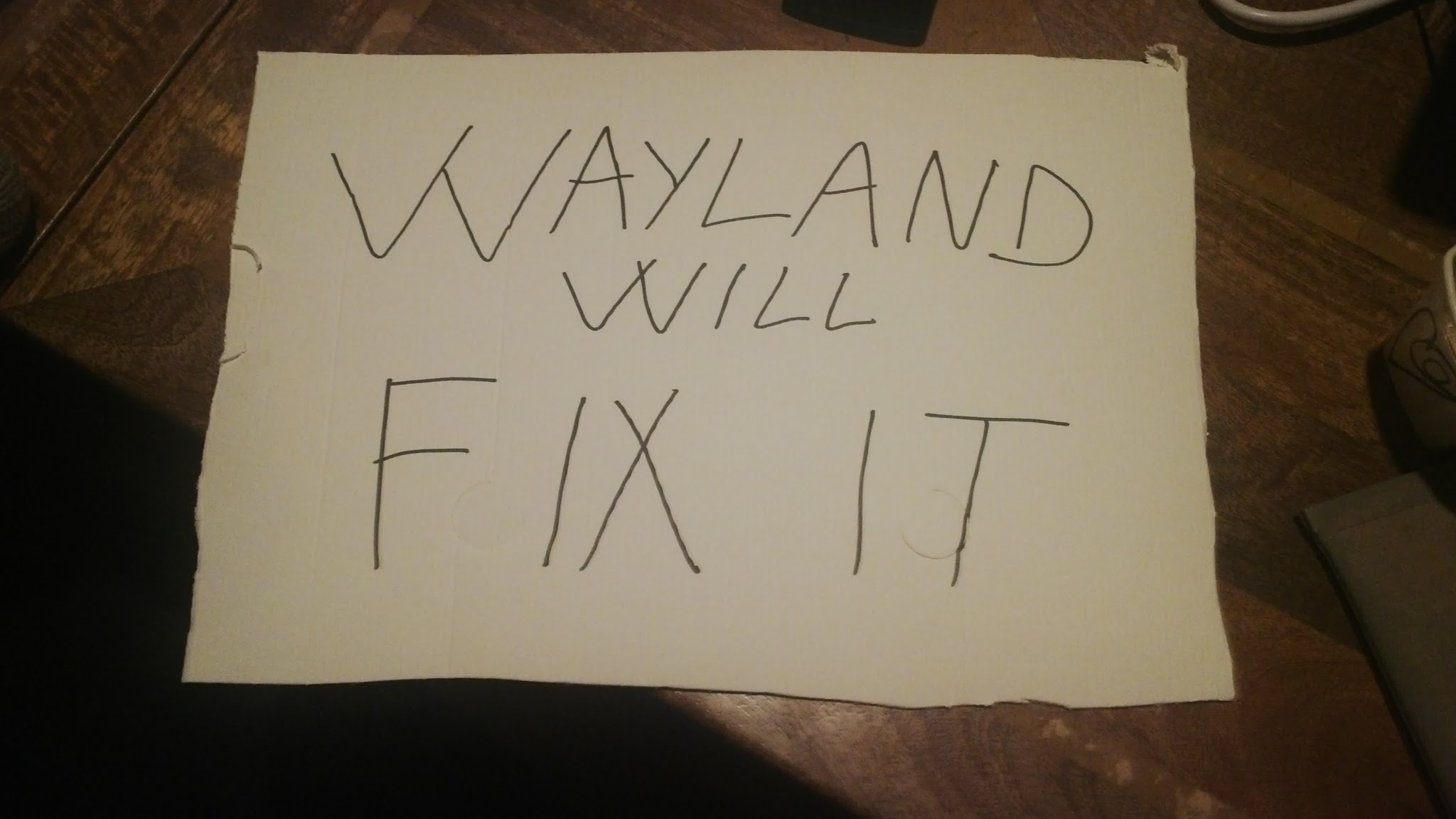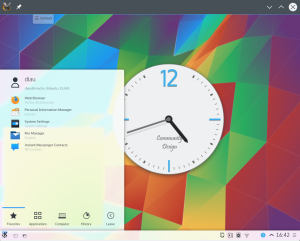Personally I haven’t ever been a big user of tiling windowmanagers such as i3, awesome and what not, is not much the workflow style I want 24/7 out of my desktop, but there is definitely something something to say about that kind of multitasking when it makes sense, when is important to see the status of multiple windows at once for some particular task.
Plasma’s KWin has since a long time a basic support for tiles via the quick tiling support, by either dragging a window at edges or corners, or via keyboard shortcuts. This feature is very good, but very basic, and while there are 3rd party tiling extensions such as Bismuth which is a very nice thing, but window geometry managing outside the core always can bring you only so far.
Over the last month I have been working to expand a bit the basic tiling capabilities, both the quick tiling with the current behavior and a more advanced UI and mechanism which lets the user to have a custom tiling layout. Here it is a very short screencast about it.
Tiling is done by a full screen editor done as a fullscreen effect where is possible to add /remove/resize tiles. When moving a window if the Shift modifier is pressed, the window will be dropped in the nearest tile. Resizing the tile in the editor will resize all the windows connected, and on the converse, resizing tiled windows will resize the tiles as well. (also the traditional split screen quick tile will gain this feature, so if you have 2 windows tiled to get half of the screen each, resizing one will resize both)
Another use case we thought about for this tiling feature is to address people which have those fancy new ultra wide monitors.

There are very few applications which have an UI that actually make sense maximized on such proportions (i could imagine perhaps KDEnlive, Krita and very few other productivity apps). Most applications just look wrong, but with custom tiling areas, those can become sub “maximization” zones.
It is not intended to be a full fledged replacement for I3 or Bismuth, but rather an hopefully robust mechanism in the core with a pretty minimal and unobtrusive default ui, then the mechanism will have scripting bindings which should allow for 3rd party extensions to use it and implement interesting variations of the tiling WM out of it.
For now the feature is quite basic, a notable thing missing which i still hope to get in time for 5.27 is having separate tiling layouts per virtual desktop and activity (for now they’re per-phisical screen), but hopefully the full thing should land on a Plasma 5.27 release near you.





